Imagine standing in a quiet, old European forest at sunrise, the mist curling around ancient trees, when a ghostly feline shape slips between shadows—a lynx, once thought lost, returning to its ancestral home. This is not a fantasy. Across Europe, dedicated teams of scientists, conservationists, and ordinary citizens are on a mission: to bring back the Eurasian lynx and restore balance to wild places where nature’s heartbeat had almost faded. Their efforts are rewriting the story of Europe’s wilderness, sparking hope, controversy, and wonder in equal measure.
The Lynx: Europe’s Elusive Wildcat
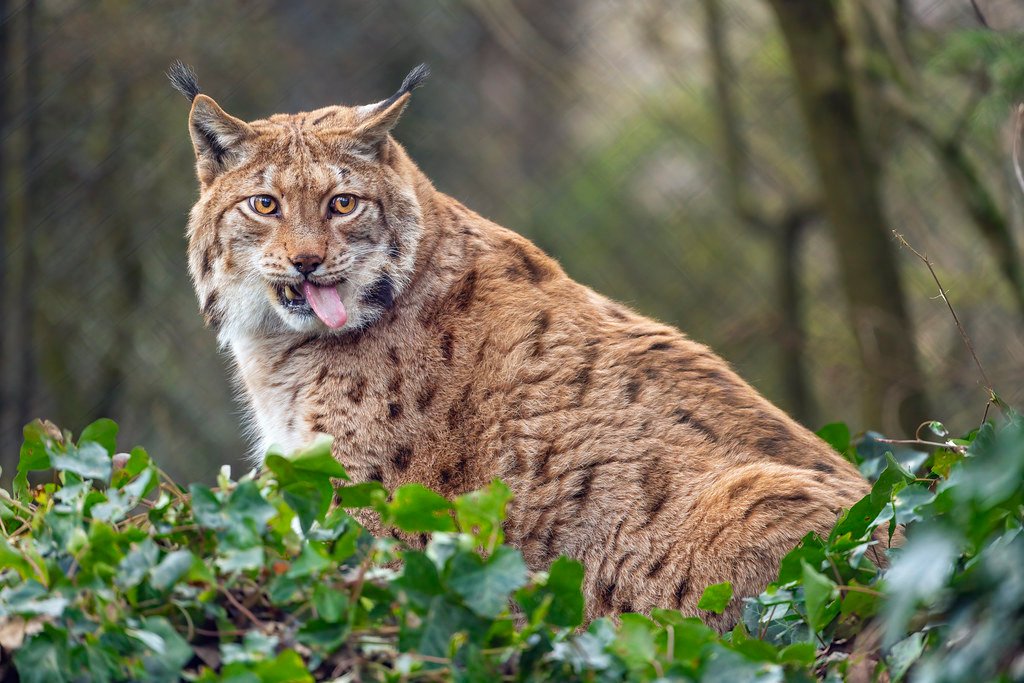
The Eurasian lynx is one of Europe’s most mysterious and captivating predators. With tufted ears, a short tail, and haunting amber eyes, this medium-sized cat has wandered Europe’s forests for millennia. Yet, few people have ever glimpsed one in the wild, thanks to its secretive habits and nocturnal lifestyle. The lynx plays a crucial role in shaping healthy ecosystems, keeping deer populations in check and allowing forests to flourish. Its presence signals a thriving, balanced landscape where every creature has its place.
A Tragic Disappearance
By the late 19th and early 20th centuries, the lynx had vanished from much of Western and Central Europe. Hunting, habitat loss, and persecution by farmers wiped out entire populations. The dense forests that once echoed with their silent footsteps grew strangely empty. People forgot what it was like to live alongside this elusive cat, and the land itself changed without its presence. The disappearance of the lynx left scars that went far beyond the loss of a single species—it disrupted the delicate fabric of entire ecosystems.
Seeds of Hope: The Rewilding Movement
In recent years, a new philosophy has swept across conservation circles: rewilding. This approach is about more than just protecting what remains; it’s about actively restoring what was lost. Rewilding aims to bring back key species, like the lynx, to revive natural processes and let wildness reclaim its place. The idea is both thrilling and daunting. Instead of fencing nature in, rewilders want to set it free, trusting that if we give species like the lynx a chance, they will thrive once more.
The Science Behind Reintroducing Lynx
Bringing back a vanished predator is not as simple as opening a cage and stepping back. Scientists pour over genetic data, track historic ranges, and assess whether habitats can support new populations. They carefully select lynx from healthy source populations, often in Eastern Europe, and transport them hundreds of miles to their new homes. Each step is guided by research, from understanding how lynx hunt and move to ensuring there’s enough prey and cover in their release areas. It’s a blend of hard science and heart—the art of giving a lost animal its second chance.
Where Are Lynx Coming Back?
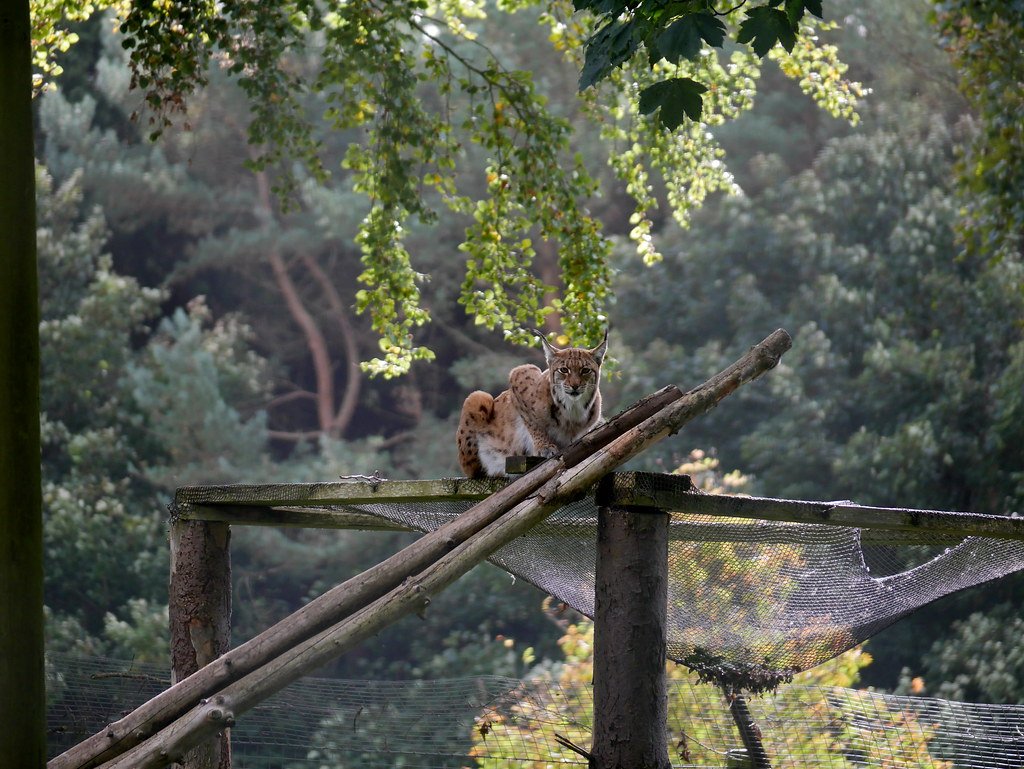
Some of the boldest lynx reintroduction projects are underway in countries like Germany, Switzerland, France, and the Czech Republic. In the Jura Mountains, wild lynx now roam forests after decades of absence. The Bohemian-Bavarian Forest along the German-Czech border has become a stronghold for reintroduced lynx, with cubs born every year. Even the Scottish Highlands are being considered for a future reintroduction, sparking passionate debate and excitement among conservationists and locals alike.
How Lynx Shape the Land
Lynx are more than just beautiful cats—they are ecological engineers. By preying primarily on deer, they help prevent overgrazing, allowing young trees and understory plants to grow. This creates richer habitats for birds, insects, and countless other forest dwellers. Scientists have observed that where lynx return, forests become more vibrant and diverse. Their impact ripples outward, proving that the return of one species can spark a cascade of renewal across whole landscapes.
Challenges and Controversies
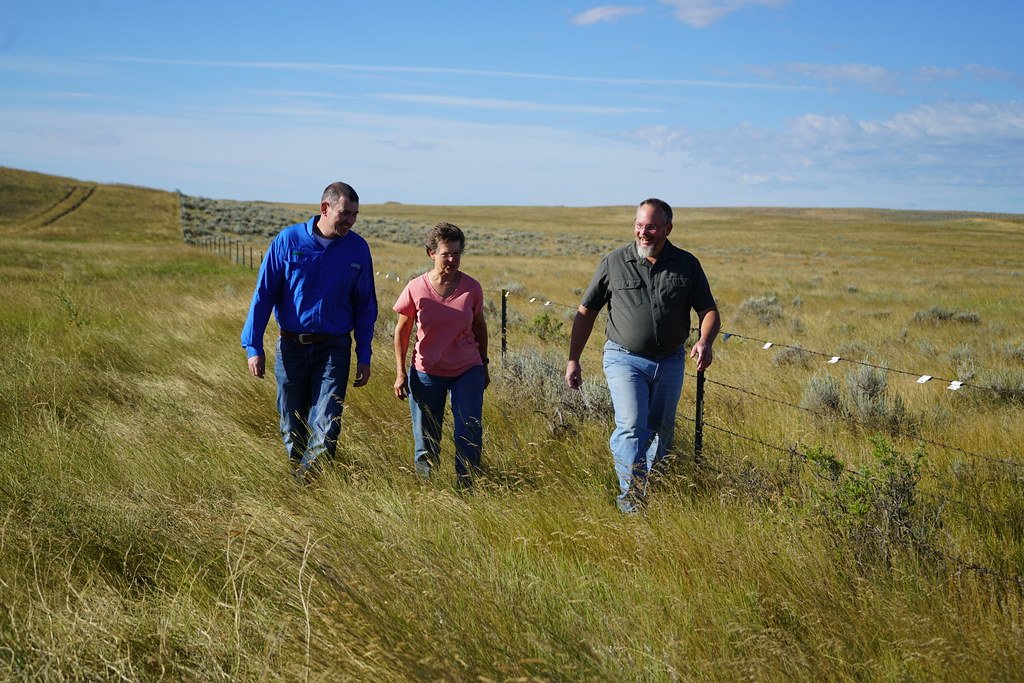
Reintroducing a top predator is never simple or universally welcomed. Farmers worry about livestock losses, hunters fear competition for deer, and some people are uneasy about sharing the woods with big cats. Conservationists work hard to build trust, offering compensation schemes for lost sheep and education programs to dispel myths. The debate can get heated, with emotions running high on both sides. Yet, in most places, the actual risk to people and livestock is strikingly low—lynx are shy, avoid humans, and prefer wild prey over farm animals.
Lynx Tracking: High-Tech Conservation
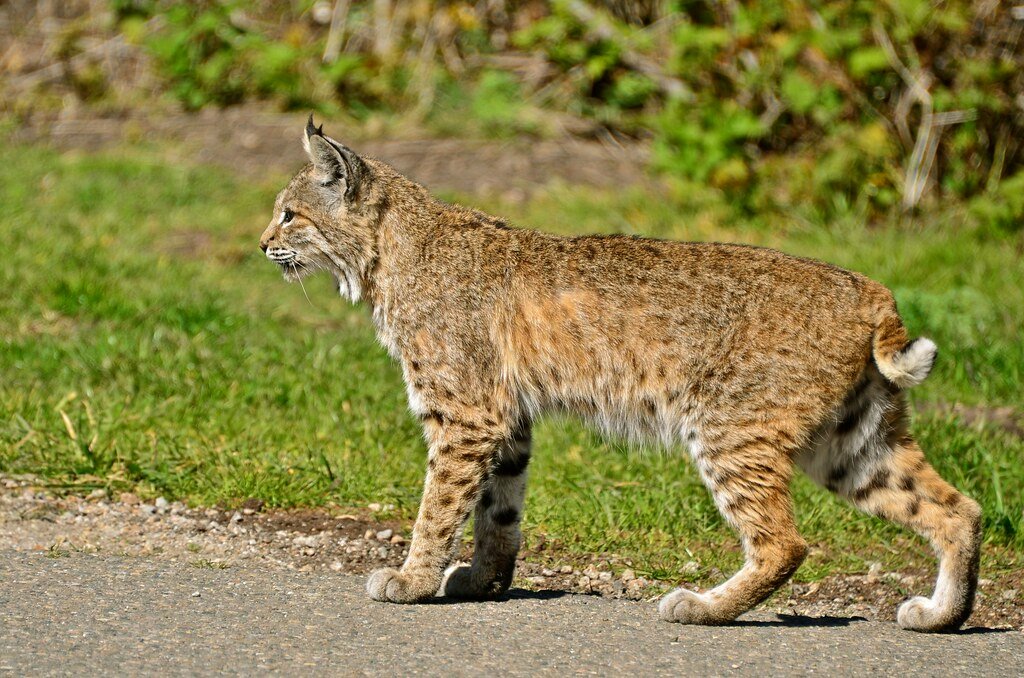
To understand how lynx adapt and thrive, researchers use cutting-edge tracking technology. GPS collars provide real-time data on lynx movements, territory size, and hunting patterns. Trail cameras snap photos of elusive individuals, and genetic testing from hair or scat reveals family ties. This wealth of information helps scientists fine-tune reintroduction strategies, identify threats, and celebrate successes—like the first wild-born lynx cubs in new territories. Tracking turns the invisible lives of lynx into a story everyone can follow.
Community Involvement: People Power

No rewilding project can succeed without local support. In many regions, volunteers help monitor lynx, report sightings, and spread awareness. Workshops teach children about the lynx’s role in nature, sparking curiosity and pride. Some farmers become lynx ambassadors, promoting coexistence and sharing their experiences. By involving communities, conservationists turn skeptics into stewards, creating a sense of shared ownership over the fate of the lynx.
Learning from Mistakes
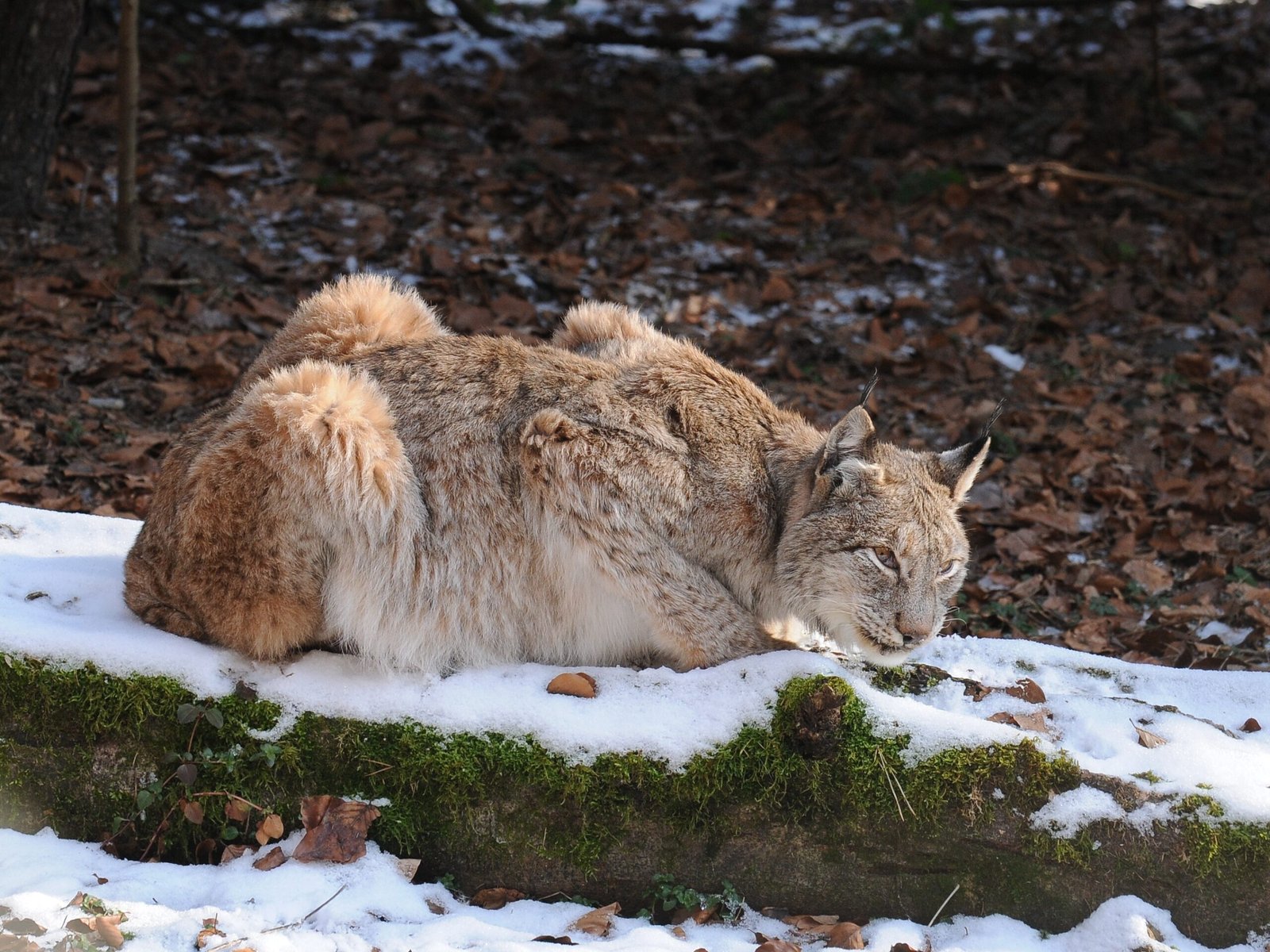
Not every reintroduction goes smoothly. In some early projects, lynx struggled to adapt, suffered from disease, or faced illegal hunting. Conservationists have learned to adapt, choosing release sites more carefully, improving monitoring, and working harder to stamp out poaching. Every setback becomes a lesson, shaping better and more humane practices. The willingness to learn and change is what keeps hope alive in the face of setbacks.
Rewilding’s Wider Impact
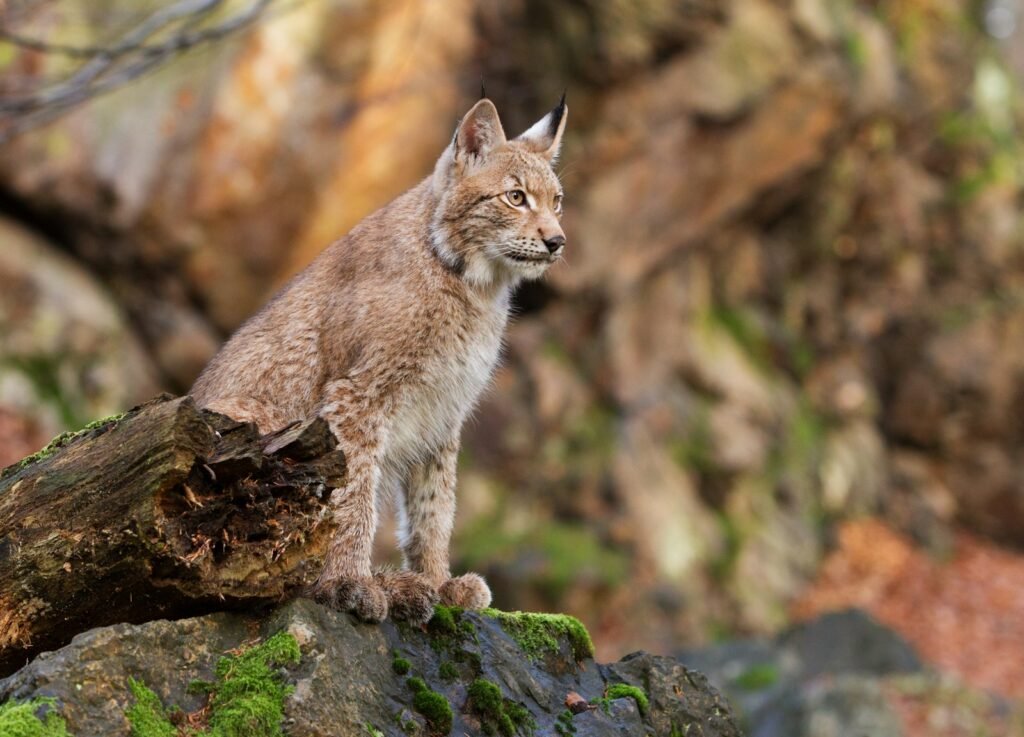
The return of the lynx is just one part of a bigger movement to restore Europe’s wild heart. Wolves, bison, and even beavers are making comebacks in places where they were once driven out. These successes inspire other countries and spark conversations about what it means to truly live alongside nature. The lynx, with its quiet power and beauty, has become a symbol of what’s possible when we dare to dream bigger for our wild spaces.
Climate Change and Lynx Survival
As Europe’s climate warms, lynx face new challenges—and new opportunities. Changing forests and shifting prey populations could affect where lynx can survive. On the other hand, healthier, more connected forests could help lynx adapt to a changing world. Conservationists are planning for a future where climate resilience is part of every rewilding project, making sure lynx have room to roam and thrive even as the world around them changes.
Lynx and Cultural Identity
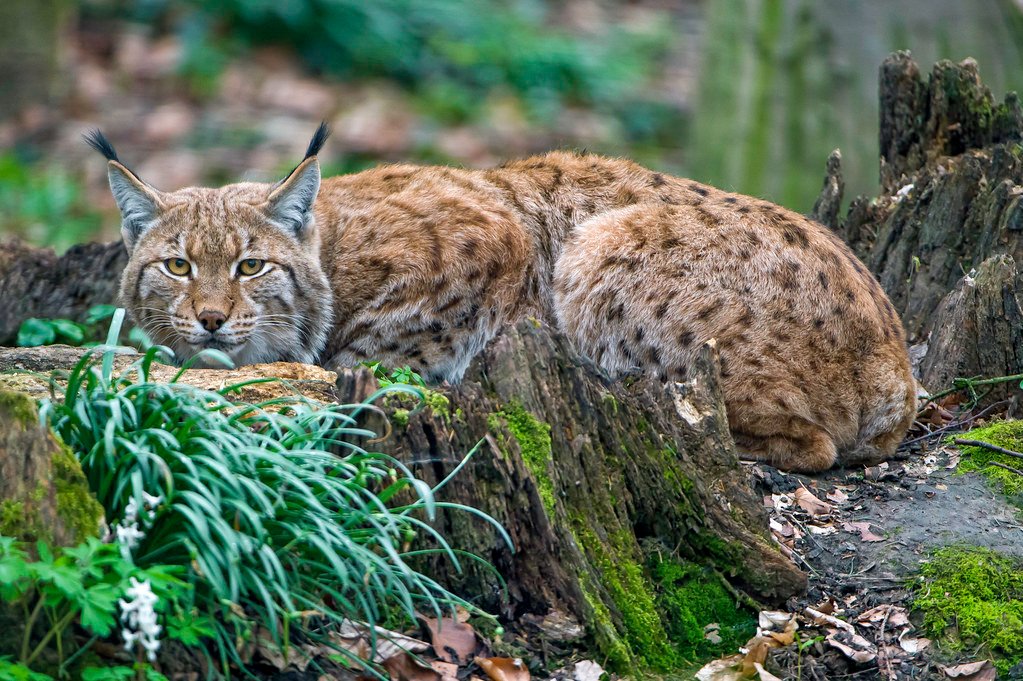
For many Europeans, the lynx is more than just an animal—it’s a living link to the continent’s wild past. Folktales, coat-of-arms, and ancient carvings all celebrate the lynx’s keen eyesight and ghostly beauty. Reintroducing the lynx is a way of reclaiming lost heritage, reminding people of a time when wildness was woven into daily life. In villages where lynx have returned, pride and wonder often replace fear, as locals rediscover their connection to the land’s original inhabitants.
Economic Benefits of Lynx Rewilding
Wildlife tourism is booming in places where lynx have made a comeback. Visitors flock to forests, hoping for a glimpse of the elusive cat or to follow its tracks in the snow. Local guides, small hotels, and nature photographers all benefit from this new wave of eco-tourism. This economic boost helps turn wild predators into valuable assets for rural communities, shifting attitudes and creating new incentives to protect the lynx and its habitat.
International Cooperation: Borders Mean Nothing to Lynx
Lynx don’t recognize political borders, so rewilding efforts demand international teamwork. Neighboring countries coordinate on tracking, genetics, and anti-poaching measures. For example, Germany and the Czech Republic share data on their cross-border lynx, ensuring that conservation strategies work on both sides. This kind of collaboration is breaking down barriers—not just for lynx, but for people, too.
Legal Protections and Policy Shifts

Laws and policies are the backbone of any successful reintroduction. The Eurasian lynx is protected under the European Union’s Habitats Directive, making it illegal to hunt or harm them. National governments have created protected areas and wildlife corridors, giving lynx room to expand. Still, enforcement can be patchy, and illegal killing remains a threat. Activists and lawmakers continue to push for stronger protections and tougher penalties for poachers.
Raising Awareness and Changing Hearts
Changing public perceptions is as important as any scientific breakthrough. Education campaigns use stories, art, and social media to highlight the lynx’s role in healthy forests. Documentaries and school programs bring the lynx’s story to new audiences, turning fear into fascination. By making the lynx relatable—a neighbor, not a menace—conservationists are winning the battle for hearts and minds, one story at a time.
The Future: Will the Lynx Thrive Again?
The journey to bring back the lynx is far from over. Each new litter of wild-born cubs is a small miracle, a testament to perseverance and hope. Yet, the future remains uncertain. Ongoing threats like habitat fragmentation, illegal hunting, and political shifts could still undermine decades of work. The lynx’s fate will depend on our willingness to keep fighting for wild nature—standing up for a world where the forests echo once again with the silent tread of this magnificent cat.
A Wild Dream, Within Reach
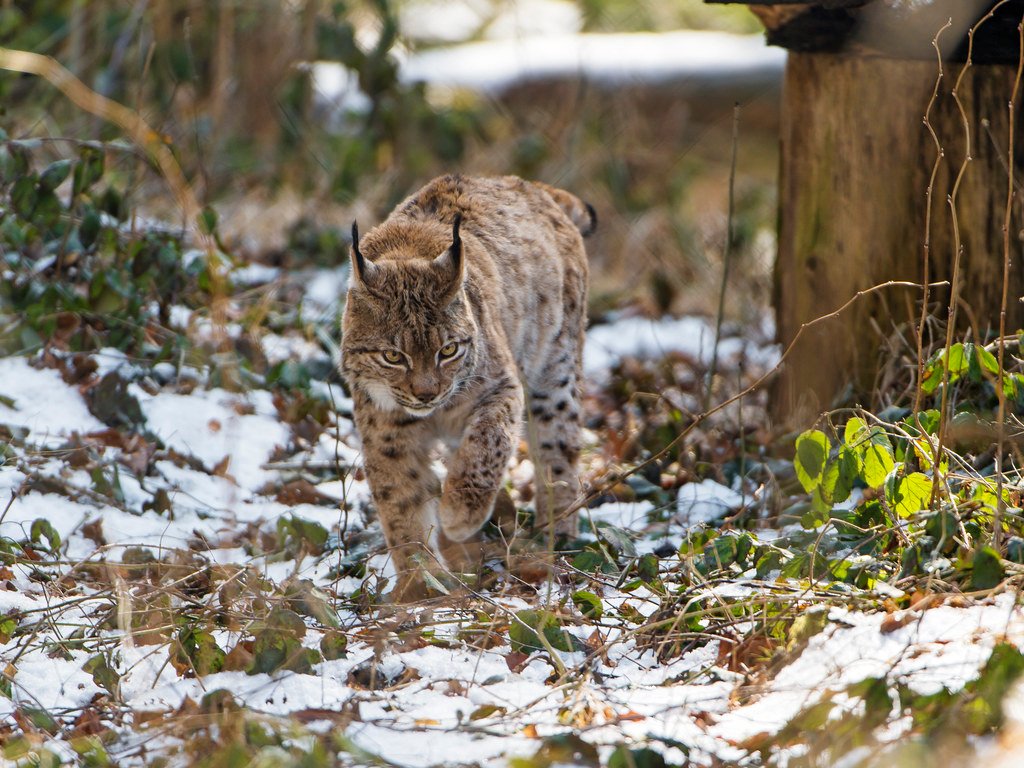
Europe’s lynx rewilding efforts show what is possible when determination meets imagination. The return of the lynx is more than a conservation story—it’s a living testament to hope, resilience, and our deep connection with the wild world. As the sun rises over Europe’s forests, the lynx slips quietly through the undergrowth, marking the dawn of a new chapter. Will we choose to listen to nature’s call and stand alongside this elusive cat as guardians of a wilder, richer future?



